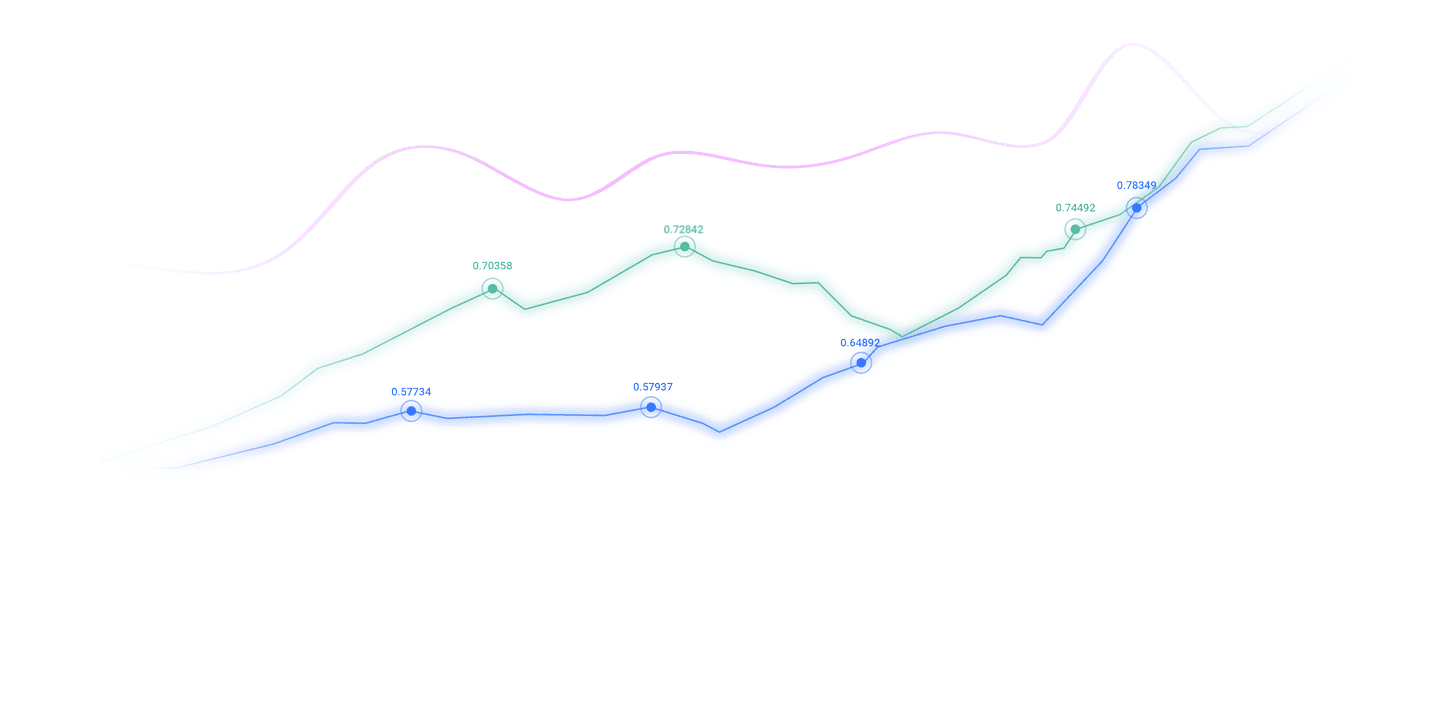Trusted by over 15 Million Traders
The Most Awarded Broker
for a Reason
CATEGORIES
News
- One-sided, already on the road!
- Practical foreign exchange strategy on August 26
- 8.11 Analysis of the rise and fall trend of gold and crude oil today and the lat
- Market focus on Trump Zelensky talks, Euro/USD faces range fluctuations
- The US dollar/JPY tends to rise, and the trend is subject to the Fed's expectati
market analysis
1.1650 suspended ceiling! The fate of the euro lies in the rhetoric of two banks. Who was the first to say the dollar would collapse?
Wonderful introduction:
One person’s happiness may be fake, but the happiness of a group of people can no longer distinguish between true and false. They squandered their youth to their heart's content, wishing they could burn it all away. Their posture was like a carnival before the end of the world.
Hello everyone, today XM Forex will bring you "[XM Forex]: 1.1650 hanging top! The fate of the euro depends on the two lines of "talk", who first said that the dollar will collapse?". Hope this helps you! The original content is as follows:
October 27, Monday. The current main line of the market is the re-pricing of policy and risk premiums: both the Federal Reserve and the European Central Bank will give their latest statements this week, political uncertainty within France is still brewing, and the Eurozone's prosperity signals are showing marginal repairs. Against this background, the EURUSD traded below 1.1650 during the European session, with traders paying more attention to the wording and spread path after the interest rate meeting rather than short-term point fluctuations. Macro level
The European Central Bank is widely believed to be sending a signal that the "easing cycle is over." According to the consensus of surveys by multiple institutions, the medium-term deposit facility interest rate is likely to remain at 2% until 2027. Only about 17% of the respondents believe that there is a possibility of another increase in 2026. This setting essentially anchors the euro zone’s nominal interest rates in a moderate range, meaning that subsequent tolerance for inflation and growth will be reflected more through forward guidance and balance sheet management. In contrast, after the Federal Reserve's mild inflation reading last week, the market priced in a probability of a 25 basis point interest rate cut this week that was close to certainty. The focus turned to Powell's description of the follow-up path at the post-meeting press conference: If it emphasizes "cautious but not preset path", the interest rate term structure may continue to be depressed at the front end and relatively strong in the long end, and the U.S. dollar interest rate advantage will converge in stages; conversely, if it is emphasized that "we still need to be vigilant about the fall in inflation", a rebound in front-end interest rates will support the U.S. dollar.
In a framework dominated by interest rate differentials, the center of the euro against the dollar depends on the relative progress of the policy cycles of the two places. If the European Central Bank confirms that it will "wait and see but no longer relax", it is equivalent to removing the tail risk of further easing in a negative scenario; if the Federal Reserve honors its interest rate cut and remains restrained in its wording, the yield spread between the two places will tend to narrow, which is beneficial to the euroStaged stabilization. However, if the Federal Reserve emphasizes that financial conditions are not loose enough and is more vigilant about the stickiness of inflation, the U.S. dollar's real interest rates may rise, thus suppressing the euro's rebound. In other words, the direction of policy differentiation is relatively beneficial to the euro, but the "strength" of the differentiation still depends on the details of post-meeting www.xmhouses.communication.
Political risk is the second clue that affects the euro risk premium. Uncertainty about the French agenda has risen again, and the "negotiation dividend" brought by the delay in pension reform has prompted some factions to seek further concessions and promote the idea of increasing the tax burden on high-income groups. Directly reflected in the capital market, the Franco-German spread has widened in stages, which means that the sovereign spread risk premium within the Eurozone has been re-included in the price. For the euro, this type of "endogenous risk" is usually transmitted through two channels: first, suppressing the risk appetite for equity and credit in the euro area, which corresponds to more risk aversion in cross-asset capital flows; second, raising the discount rate of euro local currency assets, thus weakening the relative attractiveness of the euro at the foreign exchange level. As long as the Franco-German interest rate spread does not return to its previous convergence channel, the euro's rise will easily encounter constraints at the emotional level.
In terms of data
The German business climate survey showed marginal recovery: the IFO business climate index rose from 87.7 to 88.4, higher than expected; the future expectations sub-item jumped from 89.7 to 91.6, a new high in more than three years, reflecting the improvement of corporate confidence in future activities; however, the current situation sub-item fell slightly to 85.5, indicating that the recovery at the realistic level is still moderate. This structure helps alleviate pessimistic expectations about the growth momentum of the euro area and strengthens the narrative that "growth is stabilizing at the bottom and policies are on hold." For the euro against the U.S. dollar, the strengthening of the expected www.xmhouses.components usually goes through the chain of "a decrease in the probability of an upward movement in terminal interest rates - a convergence of growth tail risks - and an improvement in the performance of risky assets", providing certain relative support for the euro, but its intensity is subject to the suppression of political premiums and external U.S. dollar interest rate differentials.
The narrative on the US dollar side has recently shifted from "strong data - reflation" to "wait and see - verify the path of interest rate cuts." The latest price data released showed that the overall CPI was lower than market expectations for the first time in three months year-on-year, and the core CPI also slowed from 3.1% to 3.0% year-on-year. In conjunction with the interest rate futures market, the probability of a 25 basis point interest rate cut this week has been pushed to about 96.7%. This kind of "almost certain" interest rate cut pricing will shift the focus of trading to post-meeting statements and press conferences: if the dots or wording imply a higher threshold for further action during the year, the US dollar may maintain a strong range; if the tone of "if inflation continues to fall, further action will not be ruled out" is released, the support for US dollar interest rate differentials will loosen, creating conditions for the stabilization and shock rise of the euro.
Technical level
The 60-minute chart shows that the rising channel launched by the EURUSD from 1.1576 remains intact, and the current price is above the middle track of the channel. The 1.1620 line has been verified as a short-term fulcrum many times; the upper edge is suppressed near 1.1655 (previous high of 1.1648), and the long upper shadow reflects that the upside kinetic energy is limited. MACD has a slight golden cross near the zero axis. The column has turned from negative to positive but the strength is average, and the trend is slowly rising; RSI is about 58, and the kinetic energy has improved but is not overheated. If the channel is maintained, the price rhythm may be dominated by a slow rise in high and low points; if it falls below 1.1620, the rhythm may shift to a backtest of the lower track 1.1600-1.1610 area. The overall structure is bullish but the upper edge suppression is still there, and the short-term trend is mainly characterized by range oscillations.
Observation on the market outlook
Looking forward to the rest of the week, there are four main core variables for the EURUSD. First, whether the Federal Reserve emphasizes "data dependence and successive evaluations" while cutting interest rates, as well as the strength of its confidence in the fall of inflation, will determine the direction of the U.S. dollar's front-end interest rates and real interest rates. Second, whether the European Central Bank has clearly stated its position of "ending the easing cycle" through wording and downplayed the possibility of further easing in its risk assessment, thereby stabilizing euro interest rate expectations. Third, the marginal progress of France’s internal agenda and its impact on the Franco-German interest rate differential. If the market sees a more orderly fiscal and reform path, the risk premium may fall back. Fourth, the preliminary GDP value of the Eurozone in the third quarter is a verification of "expected improvement-reality repair". If there is a mismatch of "strong expectations and weak reality", the upward momentum of the euro may still be limited.
The above content is all about "[XM Foreign Exchange]: 1.1650 hanging top! The fate of the euro depends on two lines of "talking", who first said that the dollar will collapse?", which was carefully www.xmhouses.compiled and edited by the editor of XM Foreign Exchange. I hope it will be helpful to your trading! Thanks for the support!
Live in the present and don’t waste your present life by missing the past or looking forward to the future.
Disclaimers: XM Group only provides execution services and access permissions for online trading platforms, and allows individuals to view and/or use the website or the content provided on the website, but has no intention of making any changes or extensions, nor will it change or extend its services and access permissions. All access and usage permissions will be subject to the following terms and conditions: (i) Terms and conditions; (ii) Risk warning; And (iii) a complete disclaimer. Please note that all information provided on the website is for general informational purposes only. In addition, the content of all XM online trading platforms does not constitute, and cannot be used for any unauthorized financial market trading invitations and/or invitations. Financial market transactions pose significant risks to your investment capital.
All materials published on online trading platforms are only intended for educational/informational purposes and do not include or should be considered for financial, investment tax, or trading related consulting and advice, or transaction price records, or any financial product or non invitation related trading offers or invitations.
All content provided by XM and third-party suppliers on this website, including opinions, news, research, analysis, prices, other information, and third-party website links, remains unchanged and is provided as general market commentary rather than investment advice. All materials published on online trading platforms are only for educational/informational purposes and do not include or should be considered as applicable to financial, investment tax, or trading related advice and recommendations, or transaction price records, or any financial product or non invitation related financial offers or invitations. Please ensure that you have read and fully understood the information on XM's non independent investment research tips and risk warnings. For more details, please click here


































































































